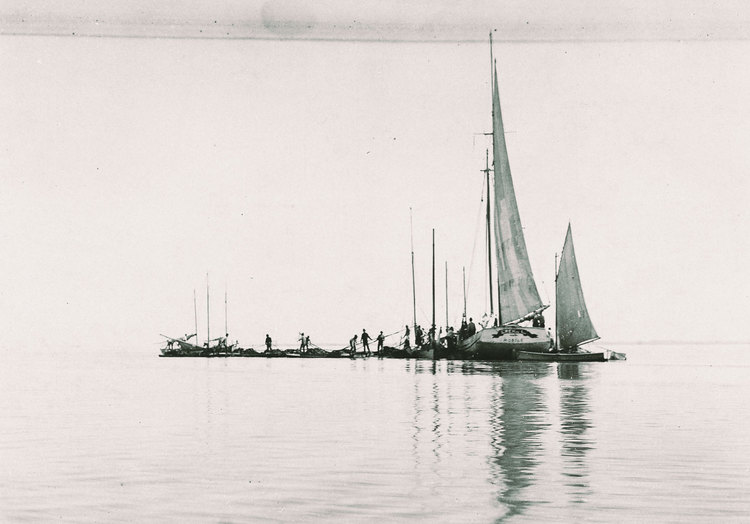In 1908, Anko Itosu sent a letter to the Prefectural Education Department concerning the idea that led to the introduction of his karate to all Okinawan schools and its spread to the Japanese mainland. The fourth point of his letter expressed the importance of makiwara training. Itosu wrote, "In tode the hands and feet are important so they should be trained thoroughly on the makiwara. In so doing, drop your shoulders, open your lungs, take hold of your strength, grip the floor with your feet, and sink your intrinsic energy to your lower abdomen. Practice with each arm one or two hundred times."
Traditionally, the makiwara is a tapered wooden beam embedded in the ground and rising to about chest height with straw, rope or leather wrapped around the top of the board. A post hole would be dug 4 to 6 feet deep and filled with cement. The makiwara board would be placed in the hole and tilted slightly until the cement sets. This made indoor instillations and removal of a broken board extremely difficult. Indoor/outdoor instillations and replacing broken makiwara boards are no longer a problem with "The Original" King Makiwara.
The Makiwara
THE PAD
Made of Quality Leather
Rubber Insert Sewn In
Quick Fasting Lacing Hooks
Industrial Stitching
THE BOARD
Tapered for Proper Flex
Stained with Waterproof Sealer
Flush Mounted Tension Plate for Durablility
Individually Inspected
THE STAND
Handmade to Insure Quality
Made of Hot Rolled Steel for Strength
Powder Coated
Engineered for Proper Hitting Angle
Surface Mount Design (Requires No Digging)
High Grade Hardware Included





